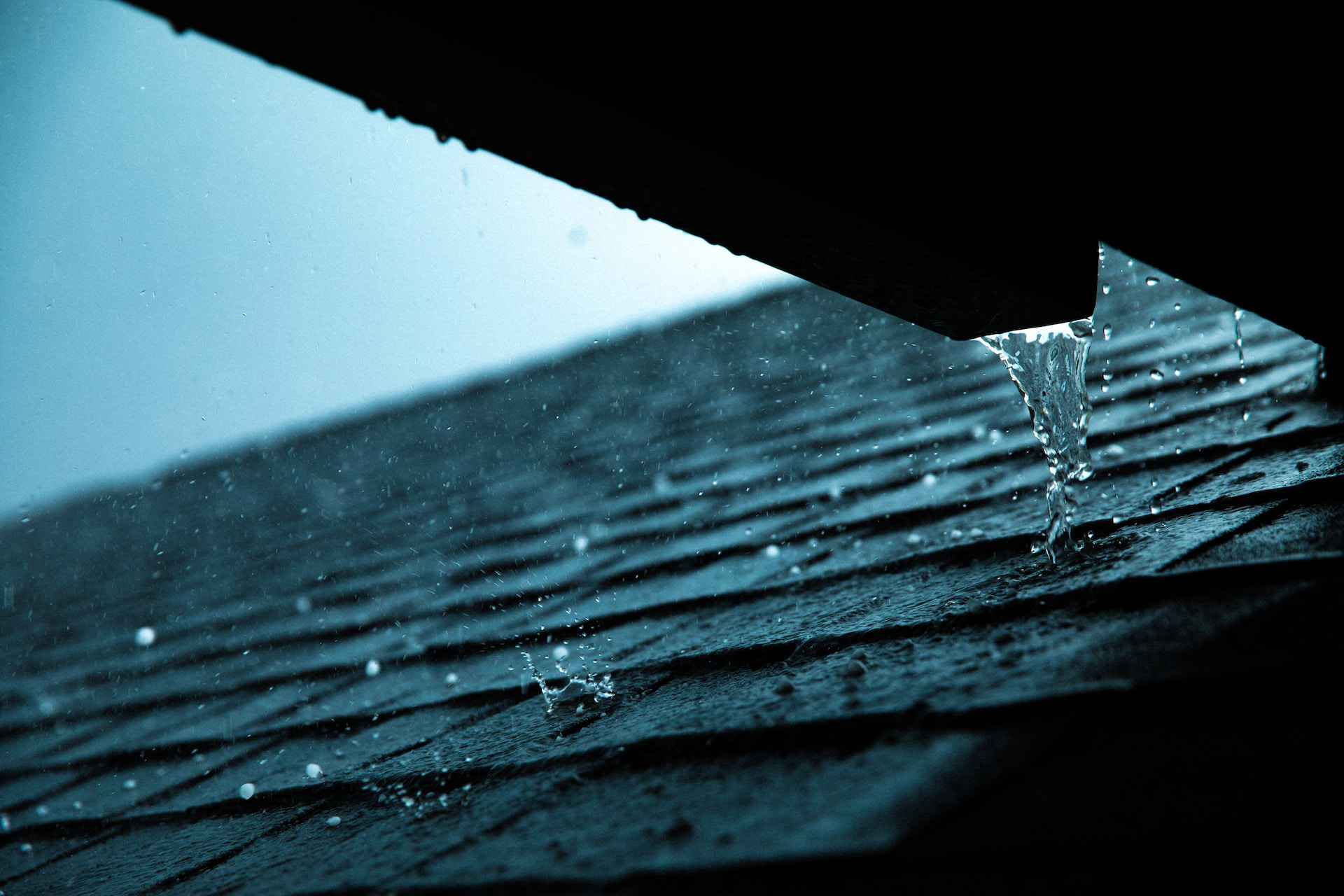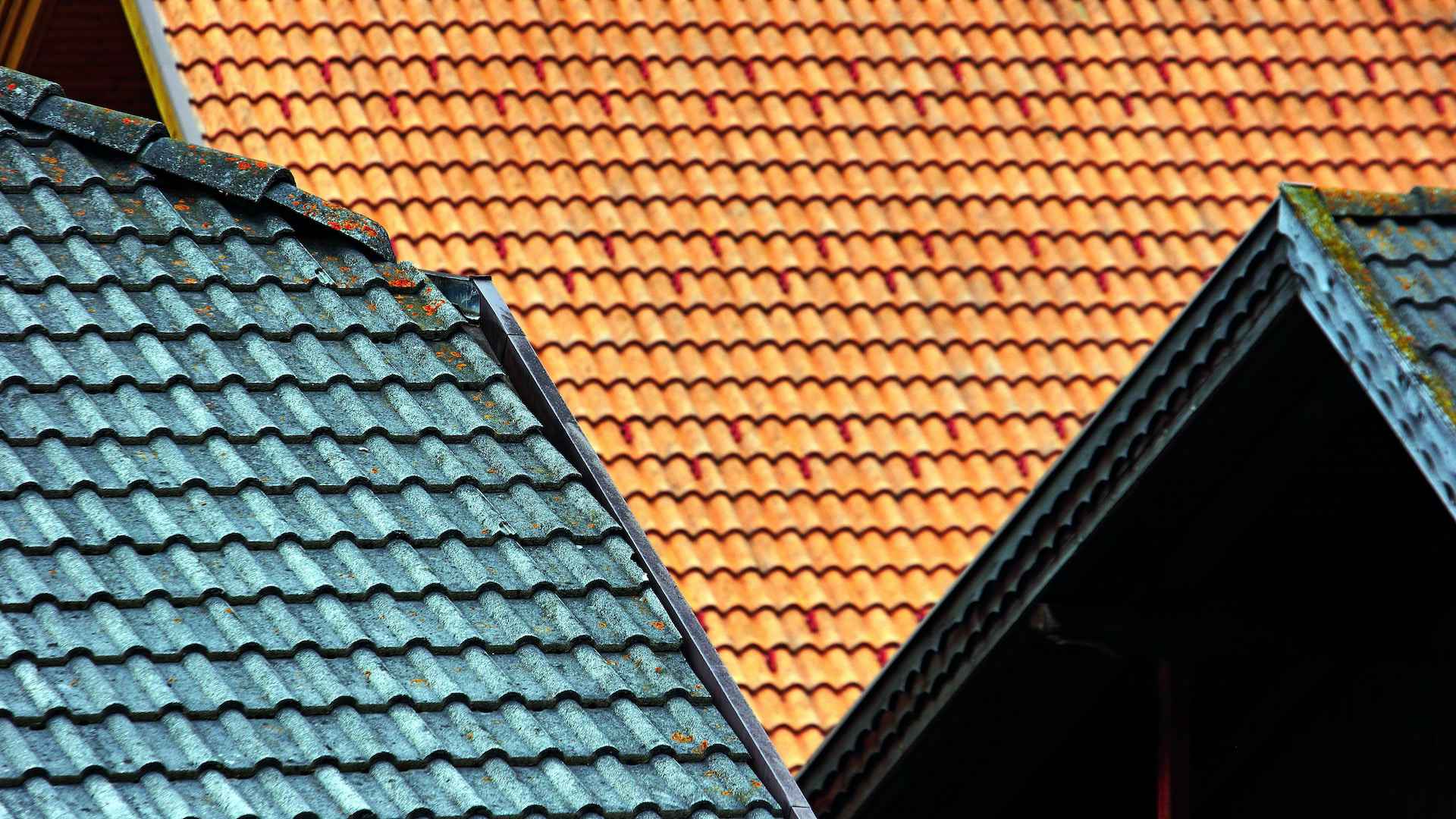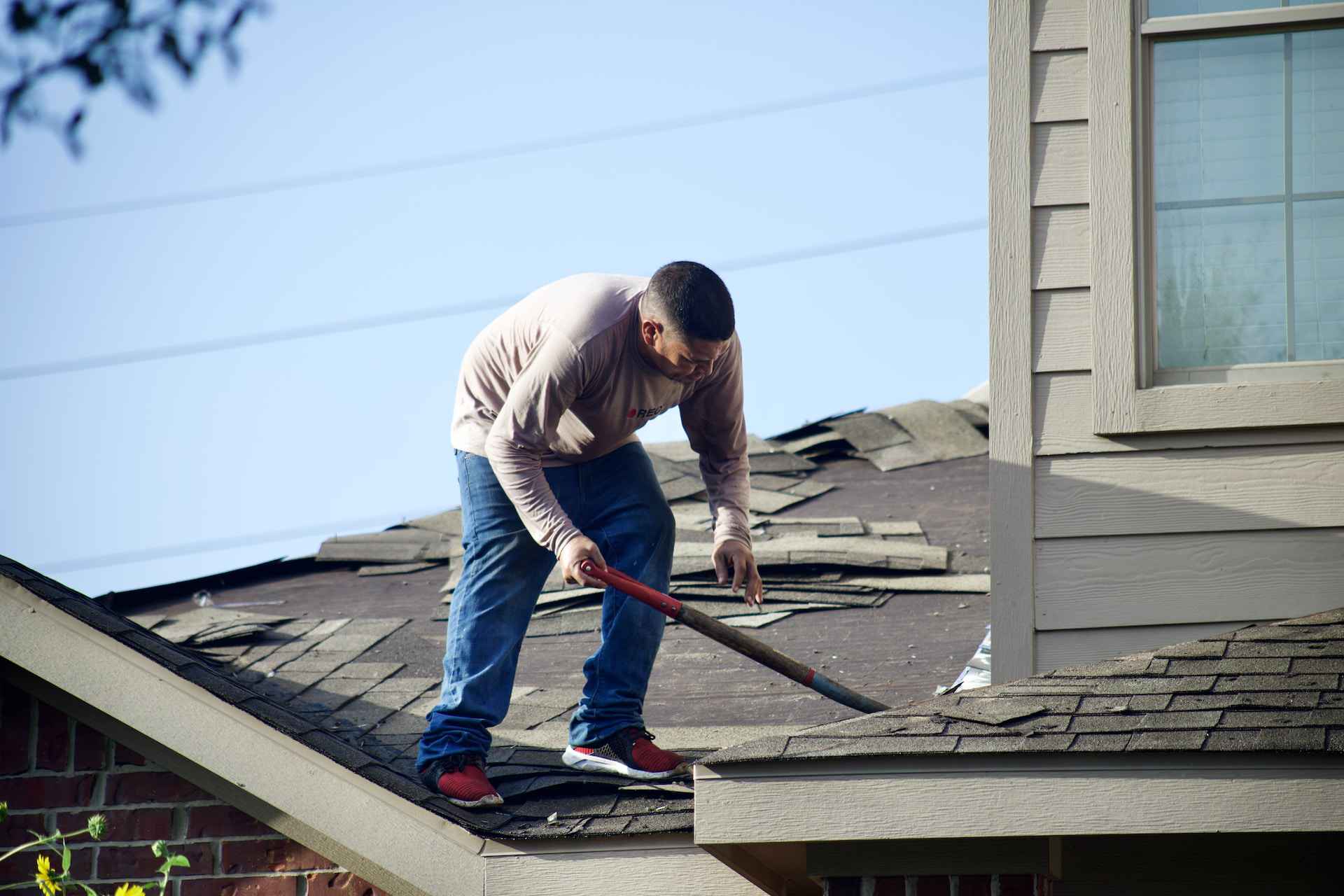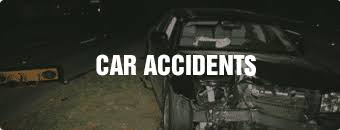- Our Firm
- Personal Injury
-
-
-
Personal Injury Lawyers
-
-
-
-
-
-
Injured in an accident? At Diamond & Diamond, our team of lawyers rely on their reputation in the field and extensive experience in personal injury to provide clients with a dedicated support system over the duration of their case.
-
-
-
-
-
HAVE YOU RECENTLY BEEN INJURED IN AN ACCIDENT?
-
-
-
- Real Estate
- Corporate
- Class Action

Spring Safety Hazards: Protect Your Home From Spring Water Damage and Flooding
Flooding and water damage pose significant threats to residential and commercial properties.
In Canada, floods are the most common natural hazard and cause the most expensive property damage. Data reveals that the average cost of residential flooding is around $2.97 billion per year. These expenses, however, differ across Canadian provinces and territories.
Due to climate transitions and frozen grounds in the spring, the combination of heavy rain and melting snow heightens the risks of water damage to Canadian homes. Unsurprisingly, three out of five Canadians are concerned about the risk of flooding during the spring season.
There’s often limited warning lead time when floodwater strikes. However, knowing that overland and flash flooding commonly happen in the spring puts homeowners in a better position to protect their homes and families.
Insurance can help cover the substantial costs of spring water damage and flooding. However, getting fair compensation involves negotiating with insurers who often intend to pay as little as possible. Therefore, prevention is still the best way to protect your home from these hazards in the spring.
Below, we provide an overview of the risks and consequences of spring water damage and flooding in Canadian residential homes. We’ll also discuss several steps so you can effectively secure your home in the springtime.
|
Key Takeaways
|
Understanding Spring Water Damage and Flooding Risks
Due to changes in temperatures, springtime brings new safety hazards to homeowners’ property. Water damage and flooding can happen anywhere in the city or countryside and at almost any time of the year.
Understanding your level of risk of spring water damage and flooding will help you take appropriate measures. Therefore, it’s important to know about the water damage and flooding hazards you may encounter in the spring and the factors that can make your home more susceptible.
Common spring water damage hazards
Water may deteriorate your property and cause water damage. The extent of damage can be severe, depending on the location of the water leak and the time it takes to detect it.
Even a tiny amount of water can damage the property, especially if left untreated. This is why it’s important to identify the early signs of water damage and to take action as soon as possible.
Water damage typically stems from internal issues within the home, so you should examine the following common water damage hazards to minimize their impact:
Clogged gutters
Due to heavy rain and melting snow, your home’s gutter system will be used more frequently in the spring than in other seasons. The primary purpose of gutters is to draw rainwater away from your property.
However, leaves, branches, and other debris block the gutters over time, preventing rainwater from flowing away from the property. As a result, water will overflow from the edge of the gutter, causing damage to the property’s ceilings, walls, and floors.
Malfunctioning in-ground sprinkler system
An in-ground sprinkler is a convenient way to automate watering your garden. However, if they don’t function properly, sprinklers can also become a massive water damage hazard.
Malfunctioning sprinklers can stay open and distribute water even when shut off. They may also dispense an excessive amount of water when they’re turned on, leading to water accumulation, which can ultimately damage your property.
Flooded basement
The basement of your home is inherently prone to water damage. As the lowest level on your property, it’s vulnerable to flooding, particularly during heavy rains and when snow rapidly melts in the spring.
Basement flooding can damage your home’s wall, foundation, and flooring. Determining where the water is coming from is crucial so that you can prevent further damage to your property. Here are the most common sources from where water can enter your basement:
- Poor drainage system
- Clogged gutters and downspouts
- Leaking pipes
- Cracked foundations
- Broken sump pumps
Common spring flooding hazards
Natural disasters, like hurricanes or heavy rains, can cause rivers, lakes, and streams to overflow or saturate the ground with excess water.
The water can permeate through foundations or other vulnerable parts of the structure and damage your property. In the springtime, it’s important to be extra cautious about the following spring flooding hazards:
Snowmelt
Spring thawing can be problematic in areas that receive a lot of snowfall in the winter. As temperatures rise in the spring, the accumulated snow melts and releases significant amounts of water into the ground.
The resulting runoff from rapidly melting snow can put your home at risk of flooding, especially if you’re close to a river or another body of water.
Consisting of gallons of water, each cubic foot of snow can raise the water level of rivers and increase the risk of flooding as the snow melts and spills over the banks.
Spring Showers
Storms in the spring can bring heavy rainfall, which can permeate the crystalline structure of packed snow. This can speed up the melting process even in its deeper layers.
However, since the ground is still frozen, the soil won’t be able to absorb the melted snow. As a result, the rain will collect on the surface, intensifying the risks of spring flooding in nearby areas.
Ice Jams
Melting snow and ice during the spring season can cause ice jams. Several types of ice jams exist, but break-up jams most commonly happen in the spring. Due to warmer temperatures and spring rains, snowmelt happens rapidly.
The excess water from the extreme snowmelt causes frozen rivers to expand and break up the layer of ice on the surface of the river. The ice layer usually breaks into large chunks and floats downstream.
Such pieces of floating ice often get stuck in the river bends and mouths of tributaries, blocking their natural flow. The water held back by the obstruction may cause flooding if it breaks all of a sudden.
Potential Consequences of Spring Water Damage and Flooding

Homeowners often underestimate the impact of water damage and flooding in the spring. Since there’s a general lack of awareness and understanding, many may fail to safeguard their homes and families against these safety hazards during the spring season.
To help you prepare and respond more effectively, we’ll tell you about the potential consequences of spring water damage and flooding.
Property structural damage
Whether caused by internal issues within your property or severe weather-related flooding, water damage can affect your home’s foundations.
The water from melting snow, heavy rain, and flooding in the spring can create a pool and saturate the soil around your home. This can put pressure on your foundation walls and floors, causing them to crack and sink over time.
Water damage can compromise your home’s structure in several ways. Besides causing cracks in the foundation, the following types of structural damage commonly occur after water damage and flooding:
- Mould and mildew growth
- Eroding concrete surfaces
- Sagging roof
- Wood rot
- Poor indoor air quality.
Risks of electric shock and fires
Water and electricity don’t combine well. As a conductor of electricity, water can provide a path for electrical current to pass through. When water comes into contact with electrical components, it increases the risk of short circuits.
Besides exposing your appliances and wiring to water, other elements, such as soil, sewage, oil, or other debris, may pollute the water. The presence of moisture and pollutants can cause fire and shock hazards when it comes into contact with electrical wires or outlets.
Financial losses
Water damage can put a significant strain on your finances. Depending on the extent of water damage on your home and the size of the affected area, the necessary repairs or replacements can be expensive. For instance, repairing a flooded basement may cost you more than $40,000 on average.
The financial losses resulting from water damage vary by location. Generally, however, the following factors may impact the costs of repairing or restoring your home after water damage:
- The type of water that entered your home
- Expenses associated with water removal, cleanup, and ventilation
- Costs of building and structural repairs
- Labour costs
- Presence of mould
Health-associated risks
Water damage can create conditions ideal for the growth of bacteria and moulds. When water damage is untreated, these microorganisms can be a serious risk to your health.
Rapid mould growth from damp materials within your home can expose you to high concentrations of mould spores. Breathing these spores can trigger allergic reactions and complicate pre-existing respiratory issues, such as asthma and sinusitis.
Mould can also make those with weakened immune systems more susceptible to serious lung infections. Other health risks associated with pathogens from flood water and water damage include:
- Skin infections
- Gastrointestinal problems
- Mosquito-borne illnesses
- Mental health disorders
How To Protect Your Home From Spring Water Damage and Flooding

Understanding the level of risk can help you prepare for the dangers of water damage and flooding during spring. Below, we’ve highlighted the most effective ways to protect your home and family from the heightened risk of water damage and flooding during the spring season:
Regularly conduct essential home maintenance
Keeping a well-maintained home is important so that you can protect your property from spring safety hazards. Regular maintenance can help you address specific areas of your home that require repairs before they cause significant losses.
Depending on the size and age of your home, it may require basic upkeep or rigorous maintenance. In any event, you must dedicate a regular schedule to caring for your home to maintain its quality, which will enhance longevity.
The following are some essential home maintenance practices that can help you protect your property against water damage and flooding.
- Inspecting roof and gutters
Poor drainage on your roof can cause water to get into your home’s foundation. Unfortunately, heavy rainfall in the spring can clog your gutters because of branches and wet leaves. Icicles on your roof can also damage your gutters, causing water to overflow into your home.
All of this may cause your draining pipes to sag, and they won’t be able to effectively direct water away from the foundation. It’s best to remove any debris that may prevent the free flow of water in your roof, gutters, and eavestroughs.
Regularly inspect and clean them at least twice per year. If, however, you face heavy rain, it’s always a good idea to clean your roof and gutters as soon as possible so that water can be properly drained, which will reduce the risk of water damage.
- Checking and sealing foundation cracks
Water is the primary cause of damage to a property’s foundation. Therefore, a well-sealed foundation is vital to prevent water from entering, which will keep your home’s structural integrity intact. Checking and sealing cracks is the easiest way to waterproof your home’s foundation.
- Repairing plumbing leaks
Small leaks in your plumbing system can significantly damage your home. They can slowly weaken your property and promote mould and mildew growth. Meanwhile, a large and sudden leak can cause flooding and make your house temporarily uninhabitable.
Before the damage becomes irreversible, it’s important to repair any plumbing leaks as soon as possible. But how do you ensure that there aren’t any hidden leaks in your plumbing system?
You can watch out for discoloured spots in your ceilings and walls or monitor your water meter for abnormal spikes in consumption. It’s also a good idea to have a professional plumber regularly inspect your pipes.
- Maintaining siding and exterior
Constant exposure to dirt, debris, and severe weather can make your home’s siding and exterior susceptible to damage. Since they’re your property’s robust line of defence against external elements, any cracks can put your home’s structure at risk of water damage. Therefore, seal any cracked or broken siding to minimize further damage and buildup of mould.
- Painting and performing touch-ups
Painting can enhance your home’s appearance, and it can also protect the surfaces of your property from wear and tear.
Painting and performing touch-ups help create a protective barrier between the surfaces of your property and water. This can prevent moisture from infiltrating and damaging the walls, floors, and other painted surfaces.
Consider investing in flood mitigation measures
Mitigation tries to minimize or eliminate the risk of flooding and water damage before they occur.
Investing in flood mitigation measures is a great idea if you have sufficient funds. Flood mitigation can be in non-structural or structural form.
The non-structural approach minimizes damage by relocating people and property from high-risk zones.
Alternatively, the structural form of mitigation involves modifying physical structures or reconstructing landscapes to reduce the harm of flooding on your property. A few typical examples of this type of mitigation measure are:
- Proper landscaping using plants
- Constructing solid fences or floodwalls
- Sealing doors with stop boards
- Installing a sump pump and backflow valves
- Utilizing rain barrels to collect rainwater
- Having a water sensor alarm
Have a flooding emergency plan in place
An emergency plan can protect your home and family from spring flooding. It generally covers what actions you need to take if your home is flooded.
You can avoid confusion and unnecessary injuries during an emergency with clearly defined responsibilities and actions. Knowing where to get flood alerts and the evacuation routes in the neighbourhood must be part of the plan.
Make sure to also include the meeting place and essential contact information. You should practice your emergency plan with your household members as well so everyone knows what to do and where to be. Moreover, remember to build your emergency preparedness kit and have it readily available.
Create a water damage recovery plan
Creating a plan to repair and restore your home after a flood is also a great idea so that you can prevent further water damage to your property.
While dealing with a flood emergency can be stressful, knowing who to contact and what steps to take after water damage can give you more control over the situation. Identifying a professional water damage restoration company is an excellent starting point. You should also review your insurance policy and prepare yourself for the claims process.
Purchase the right insurance coverage
Implementing flood prevention measures is beneficial, as it can help reduce the risks of flooding, water damage, and their impact. However, no one can completely eliminate the risk of flooding.
Remember that rain, storm, and snow melting are natural phenomena, so you can’t stop them from happening. Therefore, taking preventive measures to protect your home from the possible financial repercussions of spring water damage and flooding is the best thing you can do.
You can do this by obtaining a home insurance policy, and it’s important to have one if your home is situated in a flood-prone area. This way, if your property is damaged by water or flooding, you may be able to recover compensation for your losses from the insurance company.
However, not all home insurance policies are the same. When buying insurance, make sure to get the right water damage and flooding coverage. An experienced insurance broker may be able to help you in determining which policy is most suitable for your needs and situation.
Insurance Coverage for Spring Water Damage and Flooding in Homes
Knowing the scope of coverage your home insurance provides can give you peace of mind. It will help you understand what you’re eligible to receive and whether it covers your emergencies.
With the significant costs associated with water damage, you want to make sure that your insurance policy provides adequate protection.
Remember that there are multiple levels of coverage, and to purchase the right insurance coverage, it’s important for you to understand how your home insurance protects you from water damage and flooding.
Basic homeowner’s insurance coverage
Like other insurance policies, homeowner’s insurance coverage has several exclusions and limitations that you should be aware of.
A basic policy only provides a minimal level of coverage for your home. This type of home insurance only covers the dangers specified in your policy. You can buy basic homeowner’s insurance for specific unexpected events, such as vandalism, fire, wind, theft, and water damage.
Additional insurance coverage for water damage and flooding
Home insurance policies mainly cover water damage caused by sudden and accidental events. Examples may include unexpected bursting of plumbing pipes and appliances. However, it’s best to check with your insurance company to make sure that these incidents are covered by the policy.
There are several water-related incidents that homeowners’ insurance won’t cover. To make sure that you’re well-protected against water and flood damage, it’s a good idea to buy the following additional coverage:
- Sewer backup coverage: The rain and melting snow during the spring season can overwhelm the sewage line in your area. This can clog your drains and flood your home with contaminated water. A sewer backup coverage covers this type of water damage.
- Overland water coverage: Sudden accumulation of overland water can cause significant damage to your foundation. This type of water damage typically results from excessive rain and overflowing bodies of water. Overland water coverage protects your property against such danger.
According to Catastrophic Indices and Quantification Inc, insured damage from severe extreme weather events amounted to $3.1 billion across Canada in 2022.

Did you know?
Diamond & Diamond Law Can Help With Cases Involving Property Owner’s Negligence
Water leaks and floodwater can result in widespread damage to neighbouring properties. In these circumstances, determining who bears liability for the water damage may result in serious disputes between neighbours.
In addition to causing severe damage throughout the property, spring hazards, like flooding and water damage, can negatively affect the health of those on your property. Different rules of liability may apply to these varying situations.
Whether you’re dealing with damaged property or personal injury because of spring safety hazards, identifying the causes and who is liable can be complex. The assistance and services of an experienced lawyer will be critical in most cases.
Thankfully, at Diamond & Diamond Law, we have a team of experienced lawyers handling cases involving property owners’ negligence. Speak to someone now about your case and get assistance with your legal needs.
Besides property damage, spring hazards can lead to personal injuries. Visit our website today to learn how Diamond & Diamond Lawyers can help you.
Need a Lawyer?
We are here 24/7 to address your case. You can speak with a lawyer to request a consultation.
1-800-567-HURTGet started with a free consultation
OUR TEAM
- Bilal Hashimy
- Qaisar Yaqub
- Shir Zisckind
- Gray Sinden
- Shelly Bard
- Christian Brown
- Daly Canie
- Mohsen Heydari
- Tanveer Sohal
- Erin MacDonald
- Prianka Virdi
- Noah Brownstone
- Justin Kaminker
- Harinder S. Bhatti
- Craig Yargeau
- Kiran Birk
- Amit Singh
- Andrei Teju
- Maria Zahid
- Matthew Douglas
- Jacob Elyk
- Harry Gill
- Aria Nejatali
- Jesse Singh
- Joel McLeish
- Kristina Olivo
- Egi Bano
- Ainsa Hepburn
- Cam Woolley
- Charles Thompson
- Alexandra McCallum
- John Sime
- Allan Cocunato
- Patrick Poupore
- Erika Henderson
- Marina Korshunova
- Brandon Handelman
- Regeena Alapat
- Ryna Kim
- Natalia Poliakova
- Isaac Zisckind
- Manpreet Bhogal
- Mathura Santhirasegaram
- Nikolai Singh
- Sandra Zisckind
- Jeremy Diamond
- Michael Blois
- Darryl Singer
- Nadia Condotta
- Tinashe Madzingo
- Megan Armstrong
- Veronica D’Angelo
- Corey J. Sax
- Zev Bergman
- Scott Tottle
- Steven Wilder
- TJ Gogna
- Jillian Carrington
- Joshua Himel
- Simon Diamond
- Cory Rubin
- Simon Mariani
- Brandon Greenwood
- Basil Bansal
- Nastassia Ivanova
- Tania Fleming
- George Laloshi
- Patrycja Majchrowicz
- Diana Iakossavas
- Dior Africa
- Alex Ragozzino
- Liana Saccucci
- Richard J. Chang
FAQs on Protect Your Home From Spring Water Damage and Flooding
What are the typical signs of an impending spring flood?
Flooding can happen in any location at any time. Even if you don’t live in a flood-prone area, knowing the signs of an impending flood is important for your safety. Watch out for these signs so that you can prepare for an impending flood:
- Intense periods of rainfall
- Early or rapid snow melting
- Dam or levee failure
- Slow-moving tropical storms and hurricanes
How can you stay safe during spring flooding?
When there’s a flood, remaining calm is essential so that you and your family are safe. Likewise, knowing what to do during spring flooding can also help ensure your safety. Consider these safety tips in case spring flooding hits your area:
- Turn off electricity and gas lines to prevent electrical shock.
- Secure your valuables on higher ground.
- Make essential emergency kits and supplies readily available.
- Follow evacuation instructions from local authorities.
- Get to the highest floor immediately if you can’t evacuate.
- Refrain from any contact with flood water that enters your home.
What should you do when encountering spring water damage in your home?
Ensuring your safety must be a priority when dealing with spring flooding. Acting promptly is also critical to minimize the impact of spring water damage in your home. Here’s what you should do in case your home is damaged by water:
- Find the source of the water leak or flood water.
- Turn off the electric power.
- If the circuit panel is in the basement, contact your utility company and have them disconnect the power supply.
- Notify your insurance company about the water damage.
- Document the damaged structures and valuables as thoroughly as you can.
- Consult a water restoration expert.
NEED A LAWYER? CONTACT OUR TEAM TODAY
Chat Now
OR CALL NOW FOR A FREE CONSULTATION
 1-888-INFO-LAW
1-888-INFO-LAW
Diamond & Diamond British Columbia Head Office
1727 West Broadway, Suite 400, Vancouver, British Columbia
Barrie
Main Office
168 Bayfield Street
Calgary
Main Office
1331 Macleod Trail SE, Suite 645
Edmonton
Head Office
4246 97 Street NW, Unit 103
Halifax
Consultation Office
1701 Hollis St
London
Main Office
256 Pall Mall St, Suite 102
Oshawa
Consultation Office
50 Richmond Street E, Unit # 108 B
Ottawa
Main Office
955 Green Valley Crescent, Unit 315
Sudbury
Main Office
31 Larch Street, Unit 300
Surrey
Main Office
1104 – 13737 96 Ave, Surrey, BC V3V 0C6
Toronto
Head Office
255 Consumers Road, 5th Floor
Toronto
Consultation Office
1678 Bloor Street, Suite 302
Vancouver
Head Office
1727 West Broadway, Suite 400
Windsor
Main Office
13158 Tecumseh Rd. E. Unit 3B
Additional Areas Served
- Ajax
- Alberta
- Aurora
- Barrie
- Belleville
- Brampton
- Brantford
- Brockville
- Burlington
- Burnaby
- Calgary
- Chatham
- Collingwood
- Durham
- Edmonton
- Etobicoke
- Hamilton
- Kelowna
- Kingston
- Kitchener
- Leamington
- London
- Markham
- Milton
- Mississauga
- Muskoka
- Newmarket
- North York
- Oakville
- Orangeville
- Orillia
- Oshawa
- Ottawa
- Owen Sound
- Parry Sound
- Perth
- Peterborough
- Pickering
- Prince Edward County
- Richmond
- Richmond Hill
- Sault Ste Marie
- Sarnia
- Scarborough
- St. Catharines
- Stouffville
- Sudbury
- Surrey
- Thunder Bay
- Timmins
- Toronto
- Uxbridge
- Vancouver
- Waterloo
- Windsor
- Whitby
- Woodstock
- Wallaceburg
© 2021 Diamond and Diamond Lawyers LLP. All Rights Reserved.













